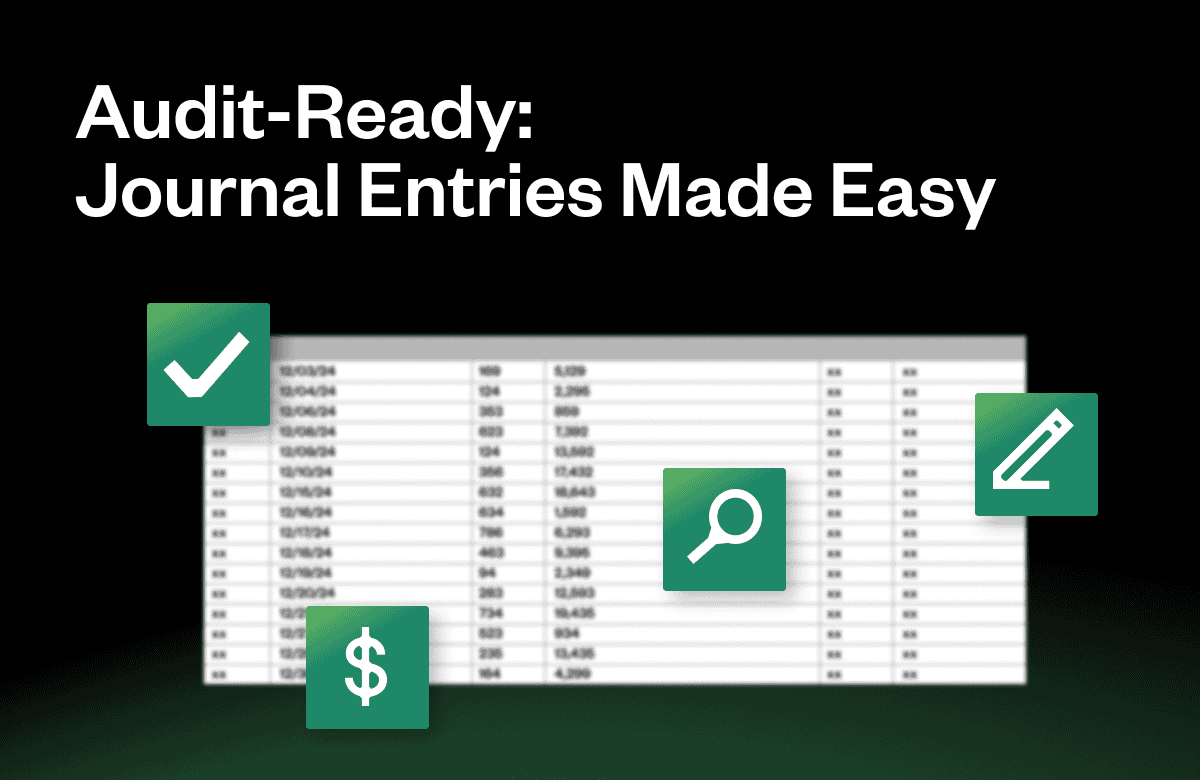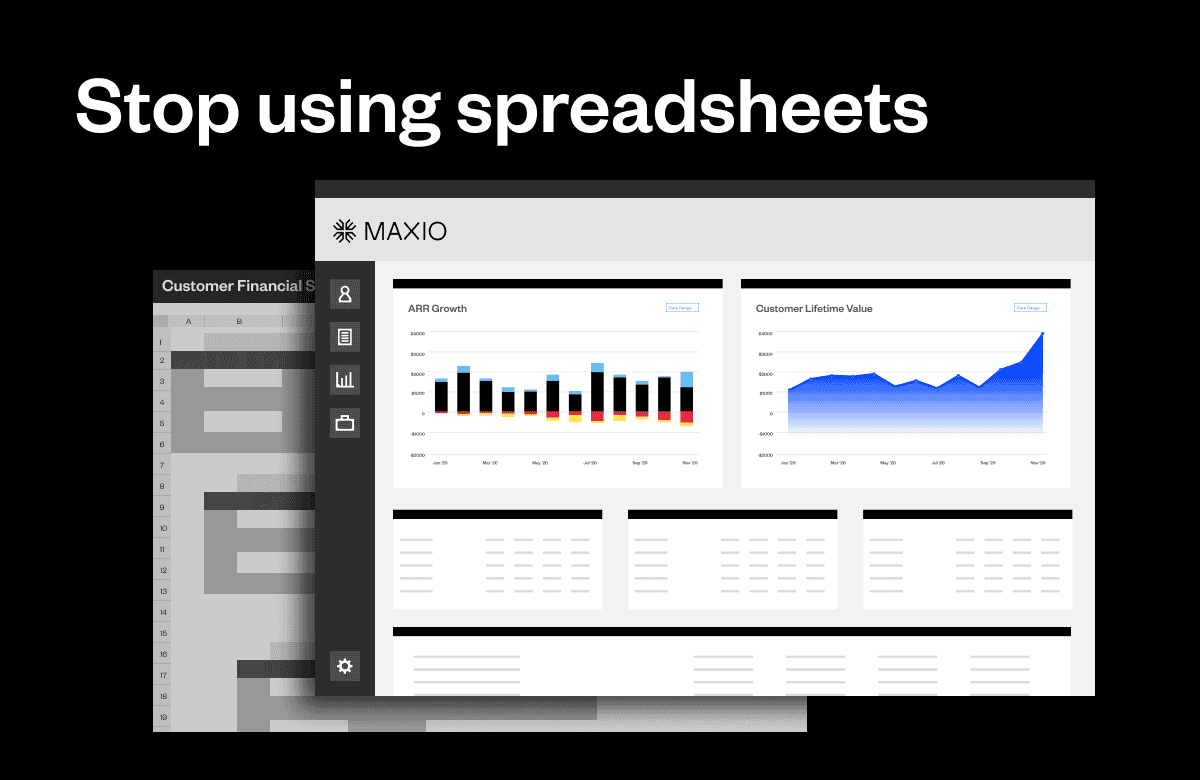For SaaS businesses, audit preparation can be stressful. Here’s how to make it easier.
Audits may not top anyone’s list of favorite activities, but for SaaS businesses, they’re critical checkpoints for financial accuracy and regulatory compliance. Given the unique complexities of SaaS revenue models, audit preparation can quickly become a stress test if handled without the right approach. Yet, with some strategic planning, your organization can navigate audits efficiently and even leverage the process to strengthen financial operations.
This guide provides eight essential steps to help streamline SaaS audit preparation—from automating key financial tasks to creating clear revenue recognition policies. Whether you’re preparing for a first-time audit or refining an established process, this guidance can better equip you to approach audits with greater control and clarity.
1. Automate
The key to successfully managing the finances of a subscription-based business is automation. Subscription management solutions can eliminate the need to re-key information or manually enter data by automatically turning closed opportunities into GAAP-compliant customer, contract, subscription, revenue, and invoice schedules — information that can also flow automatically into the general ledger system.
They can also allow you to present polished, accurate revenue recognition and financial metrics that will inform operational decisions, streamline audits, and satisfy potential investors or buyers.
2. Get Organized
Think about how you’re going to structure and run your financial operations as early as possible. Ensure all supporting documents such as contracts, addendums, statements of work (SOWs), purchase orders, vendor contracts, invoices, batch deposit support, and bank statements are filed in an organized manner. Identify a central place for storing these documents. This will create a proper audit trail and allow you to quickly provide samples requested by auditors and avoid wasting time searching through documents.
3. Determine Contract Structure
The language written within the actual agreement between your business and customers has the potential to impact how or when you recognize that revenue. B2B SaaS businesses seldom have completely homogenous customer bases, especially when there are sales negotiations taking place. That creates the potential for variation in contracts. Lack of a strong policy and organized approach can make audits unnecessarily long.
4. Create a Revenue Recognition Policy
The policy should align with your contracts. The way your agreements are structured can impact revenue. Document your revenue recognition policy and be sure to include documentation of how your revenue recognition policy complies with the applicable accounting standard.With a little preparation, you can easily point to your revenue recognition policy when an auditor asks why you treated revenue a certain way.
5. Reconcile Regularly
Perform reconciliations on a regular basis, preferably monthly or quarterly versus year-end only. Completing such reconciliations in a timely manner allows you to identify, investigate, and resolve any discrepancies quickly. Waiting until the end of the year to perform reconciliation can result in variances that will require more time and effort to resolve.
6. Create Checklists
Keep a checklist for the monthly and year-end financial statement close processes that the accounting team or person responsible for closing the financial period can reference. This helps ensure all financial accounts have been rolled forward and accounted for in the proper period. A good checklist should include bank reconciliations, true-up accruals, and adjustment to deferred revenue.
7. Prepare for New Standards
It’s important to stay abreast of changes in accounting standards and record transactions. FASB and IASB’s ASC 606 standard on revenue recognition requires companies to change the way revenue is recognized. Consider the impact this has on your financial statements, debt covenants, EBITDA, other KPIs, IT and other resources, internal controls and policies, disclosures, and those who use financials.
8. Anticipate the Time Commitment
Most people severely underestimate the amount of time it takes to complete an audit. Make sure you’re available to respond to inquiries from the audit firm after you provide them with the requested statements and supporting documents. Auditors will almost always have follow-up questions.




